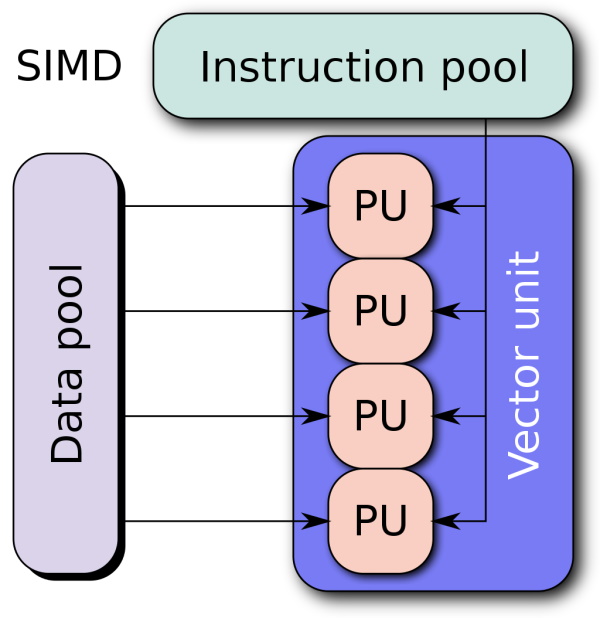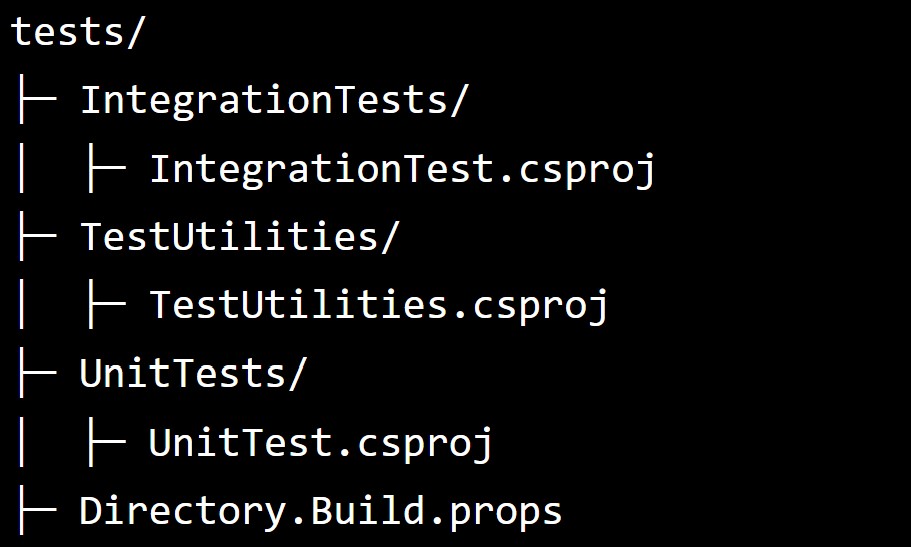UNO Platform - Build a Todo App - Part 2
This is the second part of our small mini series, where we build a todo app Kanban style with the UNO Platform. In this episode we are laying some ground work as well as defining all of our requirements we want to achieve.
We will slowly start creating our first components and make everything work smoothly together.








